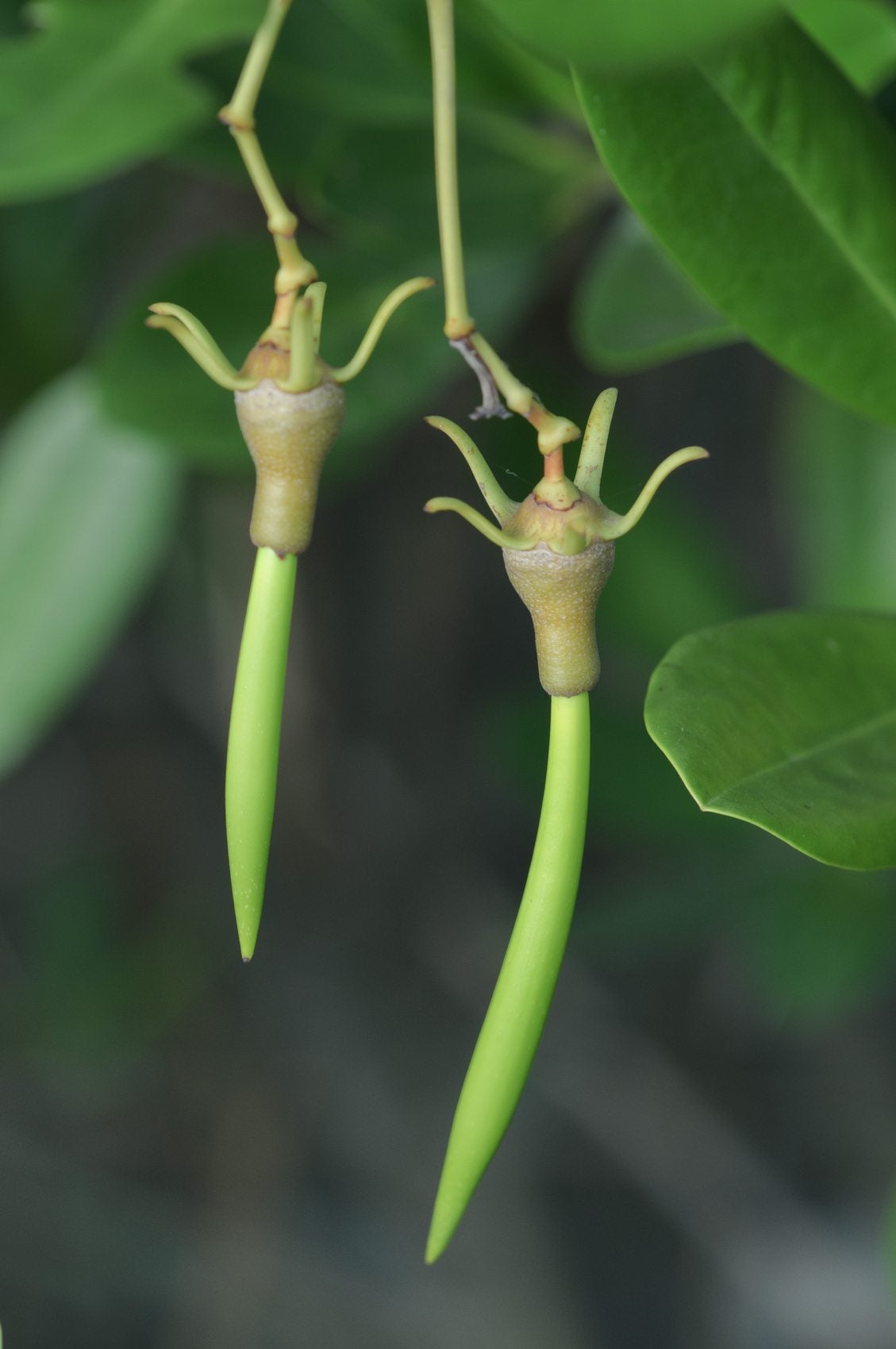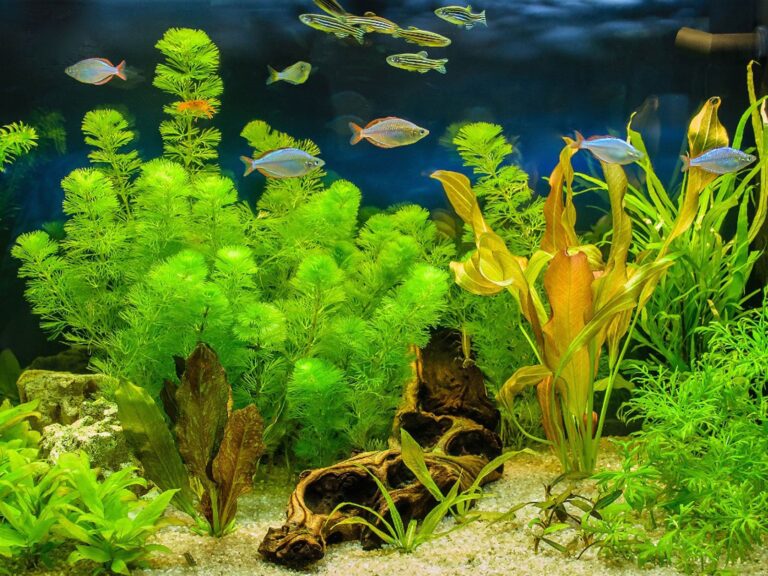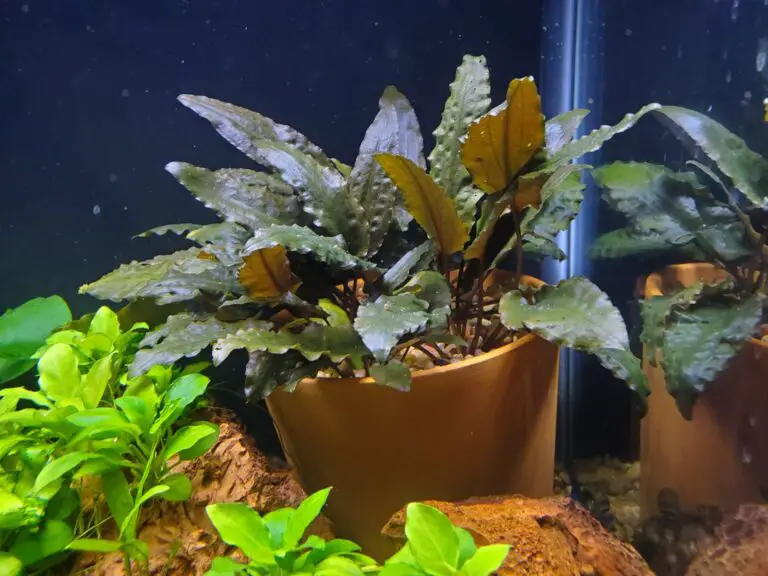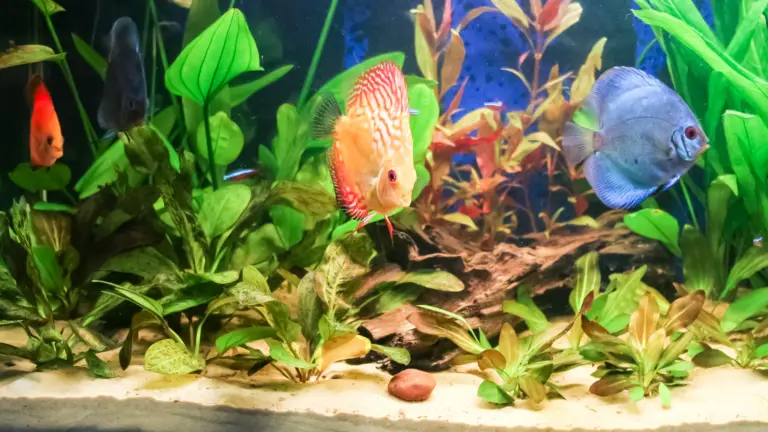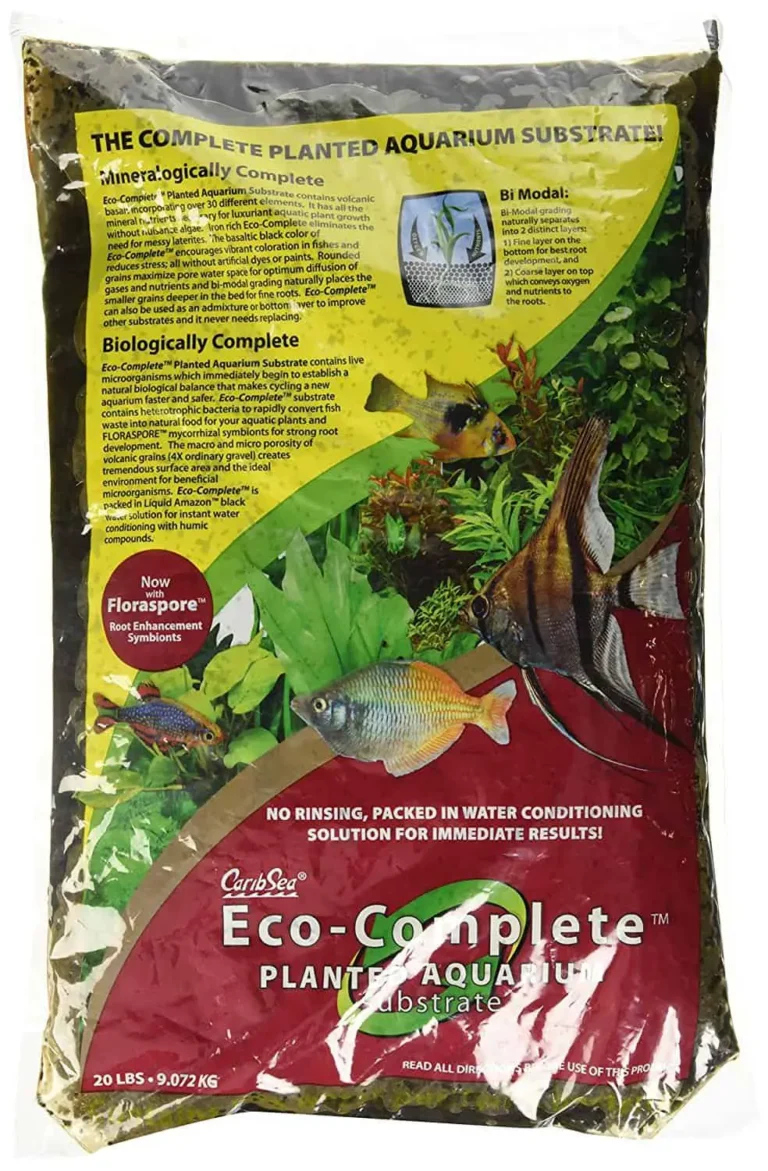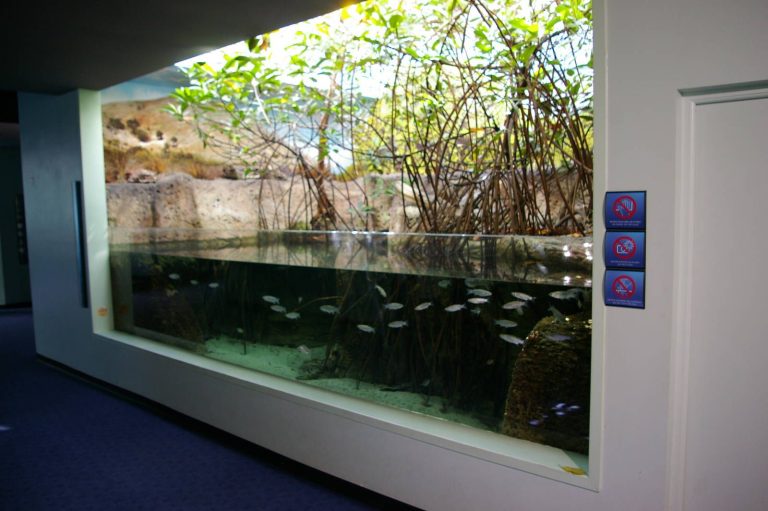Mangrove Aquarium Plants
Mangrove Aquarium Plants: Adding a Tropical Touch to Your Tank
Mangrove aquarium plants are not only aesthetically pleasing but also offer numerous benefits to your aquatic ecosystem. These unique plants bring a touch of the tropics to your tank, creating a stunning and natural environment for your aquatic inhabitants. If you’re looking to add something special to your aquarium setup, mangrove plants are an excellent choice. In this article, we’ll dive into everything you need to know about mangrove aquarium plants, including their benefits, care requirements, and how to incorporate them into your tank design.
Benefits of Mangrove Aquarium Plants
Mangrove aquarium plants offer a range of benefits that make them a valuable addition to any tank. Here are some notable advantages of including mangroves in your aquarium setup:
1. Natural Filtration: Mangrove plants act as natural filters by absorbing excess nutrients and organic waste from the water. They help maintain water quality by reducing the levels of nitrates and phosphates, which can lead to poor water conditions and algae growth.
2. Improved Oxygenation: Just like terrestrial plants, mangroves carry out photosynthesis and release oxygen into the water. This helps to oxygenate the aquarium, creating a healthier living environment for the fish and other aquatic creatures.
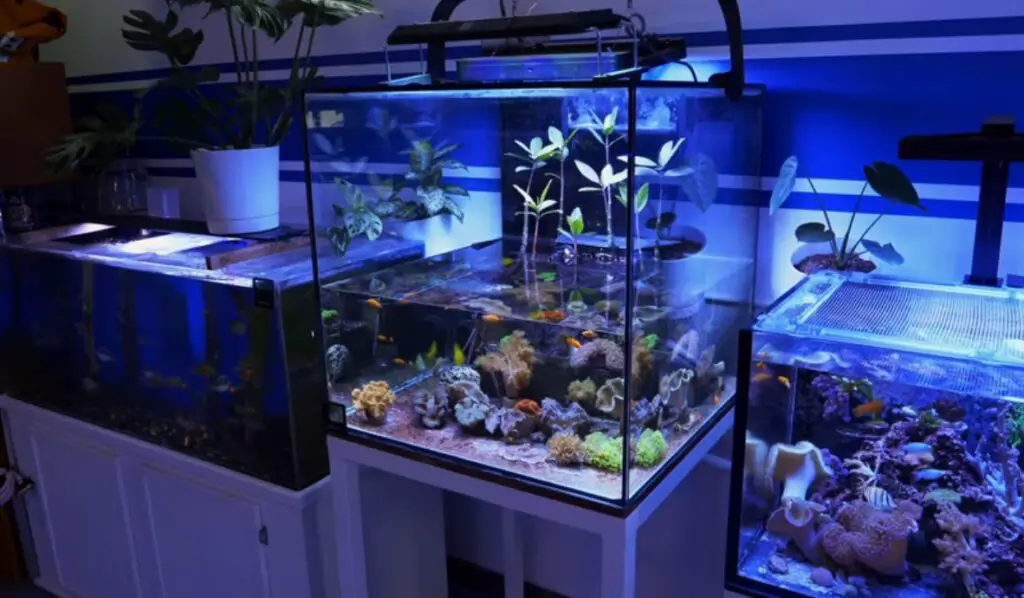
3. Water Stabilization: The extensive root system of mangrove plants helps stabilize the aquarium substrate and prevent erosion. This is particularly beneficial for those who have sandy or soft substrate in their tank.
4. Natural Habitat Replication: Mangrove plants provide a natural and realistic habitat for certain species of fish and invertebrates. They offer hiding spots, attachment points for various organisms, and mimic the coastal mangrove environments found in nature.
5. Beautiful Aesthetic: Mangrove aquarium plants have visually striking features, including unique root structures and vibrant foliage. They add an unmistakable tropical touch to your tank and create a visually appealing focal point.
Choosing the Right Mangrove Species
When it comes to choosing mangrove plants for your aquarium, it’s crucial to select the right species that will thrive in a captive environment. Here are a few popular mangrove species to consider:
1. Red Mangrove (Rhizophora mangle): Known for its red prop roots that extend above the water’s surface, the red mangrove adds a dramatic and visually striking element to any tank. It is a hardy species that can adapt well to varying water conditions.
2. Black Mangrove (Avicennia germinans): With its distinctive blackish bark and pneumatophores (vertical roots), the black mangrove is a fascinating plant that offers unique aesthetics to your aquarium. It is tolerant of brackish water conditions, making it suitable for tanks with moderate salinity.
3. White Mangrove (Laguncularia racemosa): The white mangrove features smooth, light-colored bark and small, elongated leaves. It is an adaptable species that can tolerate a wide range of water conditions, making it suitable for freshwater tanks.
Care Requirements for Mangrove Aquarium Plants
Proper care is essential to ensure the health and longevity of your mangrove aquarium plants. Here are a few key care requirements to keep in mind:
1. Lighting: Mangrove plants thrive in bright, indirect lighting conditions. Provide them with approximately 10-12 hours of light each day. A combination of fluorescent and LED lighting can be used to achieve the right intensity and spectrum.
2. Water Conditions: While mangrove plants can tolerate a broad range of water conditions, it’s important to maintain stable parameters for optimal growth. The ideal temperature range is typically between 75-85°F (24-29°C), and pH should be kept around neutral (6.5-7.5).
3. Substrate: Mangroves benefit from a substrate that allows their extensive root system to spread and anchor securely. Use a mixture of sand and live rock rubble to provide a stable foundation.
4. Nutrient Uptake: Regularly test the water to ensure that nutrient levels, particularly nitrates and phosphates, are within acceptable ranges. If levels become elevated, consider implementing additional filtration or water changes to maintain water quality.
5. Pruning and Maintenance: Trim any yellowing leaves or excessive root growth to promote healthy growth and prevent overcrowding. Regularly monitor the plant’s overall health and adjust care as needed.
Incorporating Mangrove Plants into Your Tank Design
Now that you understand the benefits and care requirements of mangrove aquarium plants, it’s time to explore how to incorporate them into your tank design. Here are a few creative ideas to get you started:
1. Hardscape Integration: Position mangrove plants around hardscape elements, such as rocks or driftwood, to enhance the natural aesthetic of your tank. This creates a visually interesting contrast between the plants and the surrounding décor.
2. Aquascape Focal Point: Use mangrove plants as a centerpiece, arranging them in a group to create a stunning focal point in your tank. Combine different mangrove species to add depth and variety to the overall look.
3. Natural Mangrove Stand: Create a dedicated mangrove stand separate from your main aquarium to mimic the appearance of a coastal mangrove habitat. This standalone setup can feature mangrove plants along with other associated flora and fauna.
4. Paludarium Combination: If you have a larger tank or space, consider setting up a paludarium—a combination of an aquarium and a terrarium. This design allows you to incorporate both aquatic and terrestrial elements, including mangrove plants.
5. Nano Tanks and Terrariums: Mangrove plants can also thrive in smaller setups like nano tanks and terrariums. These compact containers provide a unique opportunity to showcase the beauty and intricacy of mangroves.
Frequently Asked Questions
1. Can mangrove aquarium plants be kept in freshwater tanks?
Yes, certain species of mangrove plants, such as the white mangrove, can be kept in freshwater tanks. However, it’s important to research the specific care requirements for each species and ensure you provide the necessary conditions for their growth.
2. Do mangrove plants require fertilization?
Mangrove plants typically obtain the nutrients they need from the surrounding water. However, if you notice signs of nutrient deficiency, such as yellowing leaves, you can use a micronutrient fertilizer specifically designed for aquarium plants in moderation.
3. Can mangrove aquarium plants survive without exposure to air?
Mangrove plants require some exposure to air through their root system to extract oxygen. However, they can adapt to partially submerged conditions, as long as the roots have access to air pockets or the water is well-oxygenated.
Final Thoughts
Adding mangrove aquarium plants to your tank brings a slice of the tropics to your home and provides numerous benefits for your aquatic ecosystem. From their natural filtration capabilities to their striking aesthetics, mangroves offer an unparalleled beauty and functionality. With proper care and attention, these unique plants will thrive and enhance the overall health of your aquarium. So why not take the plunge and create your own tropical paradise by incorporating mangrove plants into your tank design? Happy aquascaping!
